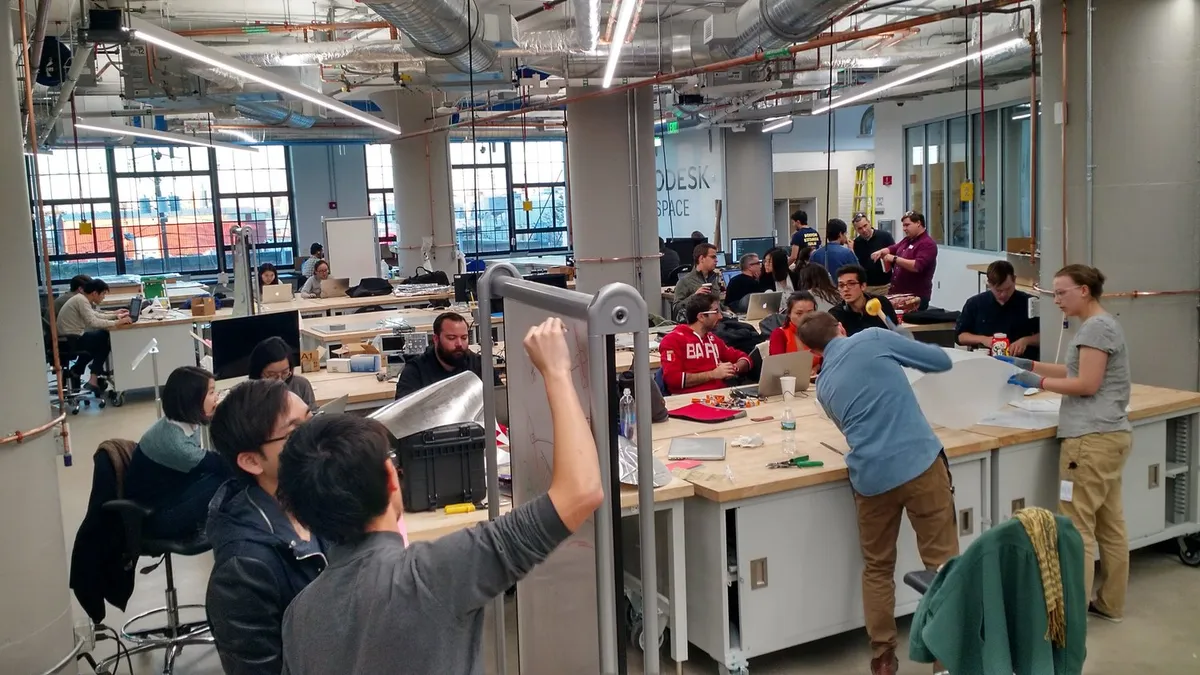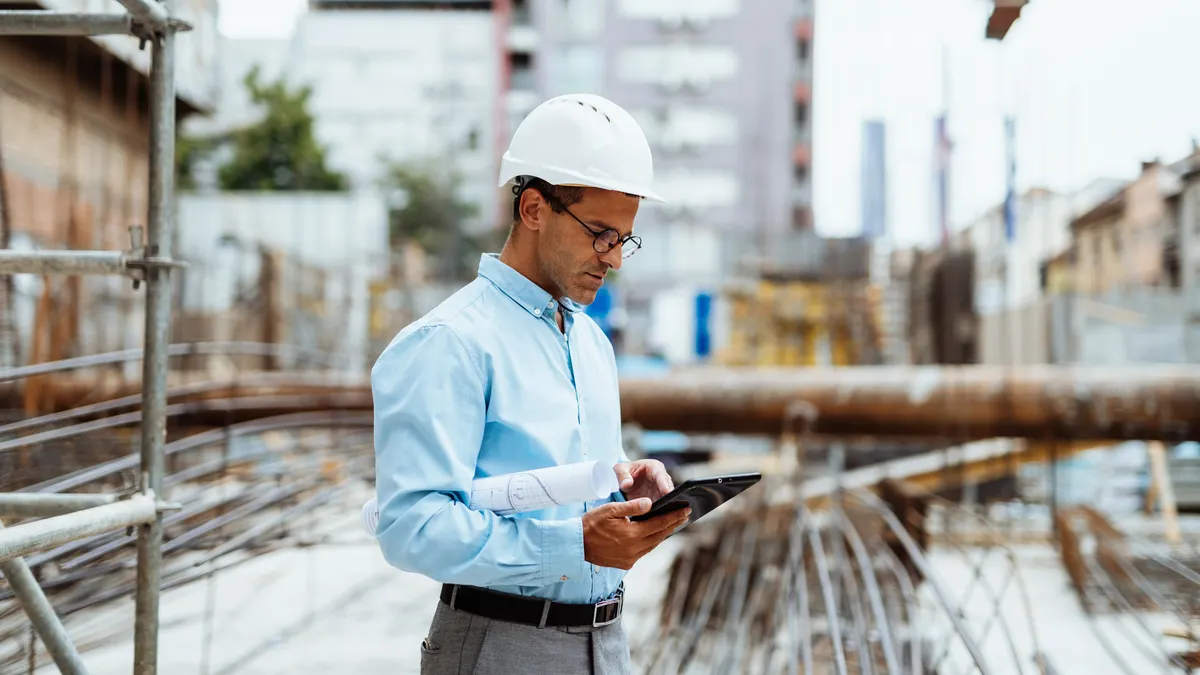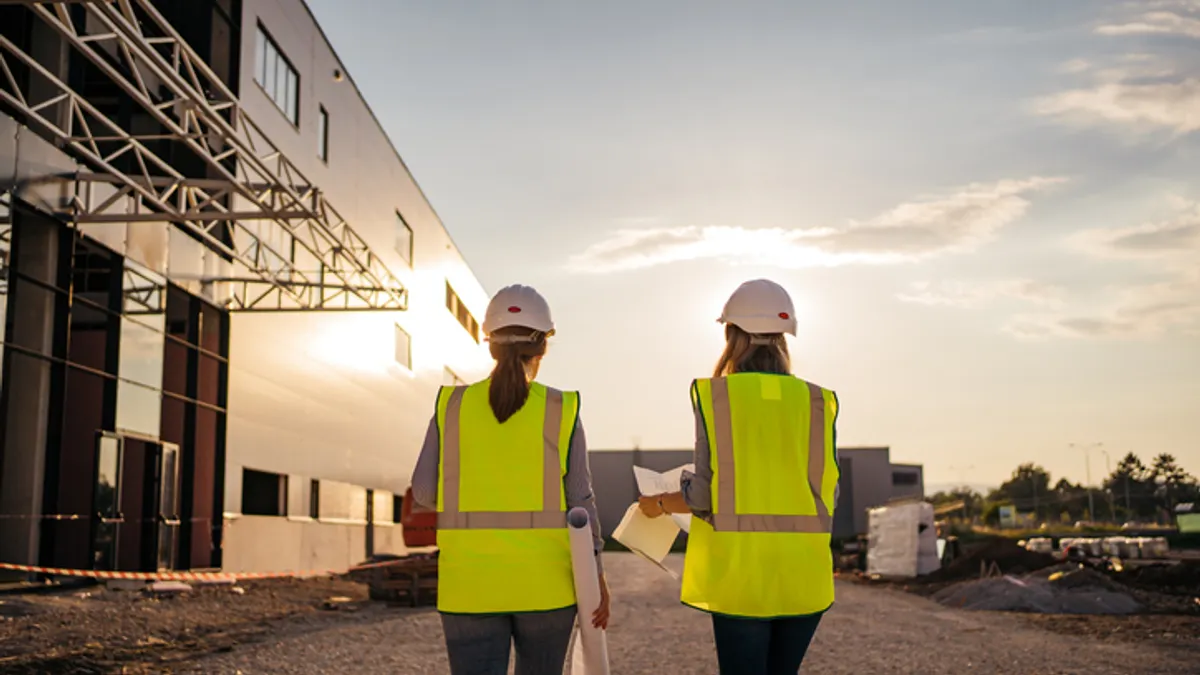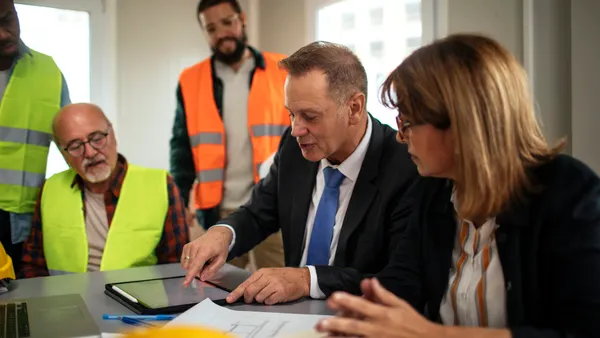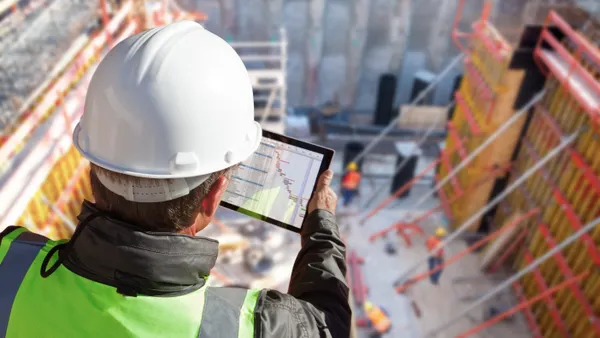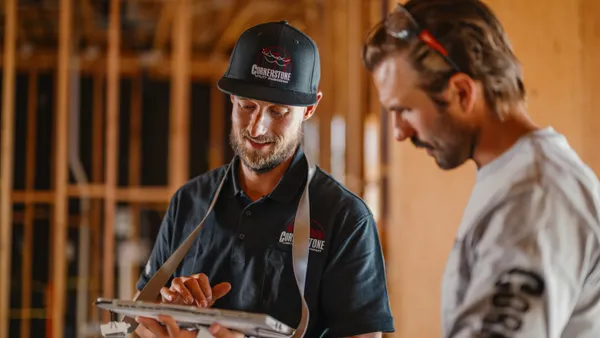Dive Brief:
- Software manufacturer Autodesk is expanding its 34,000-square-foot Build Space, a research and development facility in Boston where software users in the construction industry and other fields help guide the future of the technology. The space includes an array of digital manufacturing equipment that is at the disposal of a curated community of architects, startups, schools and construction industry players. Autodesk software engineers work alongside real-world researchers, according to The Architects Newspaper, to gain insight into trends and requirements of the industry that the future might bring.
- Build Space designers in residence have included firms Perkins+Will, which was studying mass timber framing, and Bechtel, which was looking into inflatable shading. Students from the Massachusetts Institute of Technology have also worked on self-deploying fabric canopies.
- Autodesk has similar facilities in San Francisco, Toronto and England.
Dive Insight:
Along with Autodesk’s Build Space, The Architect’s Newspaper points to several other initiatives in the architecture, engineering and construction industries where collaboration and innovation are set to advance the building industry. Among those is Georgia Tech’s Digital Building Laboratory, which officials say focuses on helping students disrupt the industry. New Lab in Brooklyn, New York, is described as a collaborative tech hub, providing entrepreneurs with fabrication labs, 3D printing, computer numerical control (CNC) milling and other tools as they seek to create scalable technologies.
The construction industry has a long history of partnerships among manufacturers, associations and design and building professionals to help advance the performance of buildings and the materials that make them up. The most obvious is simple field testing, a staple in most manufacturers’ product development process.
Demonstration projects are a key component of these efforts, creating a space for real-world incorporation of new products as well as an opportunity to test solutions to design trends and shifting demographics. For example, the Solar Decathlon, hosted by the U.S. Department of Energy every other year, has university teams build small homes in which they incorporate new and emerging sustainable technologies in clean energy, water conservation, resource efficiency and more. Collaboration with manufacturers is often a key element in the design and construction process.
Continually working in the background are organizations such as IBACOS, the National Institute of Building Sciences, and the Home Improvement Research Institute.


